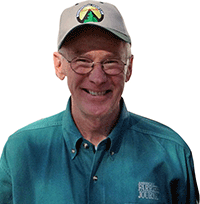You can’t just pick any horse and expect it to compete in dressage.
A horse will possess several qualities before it can be considered for training. An owner and trainer want a horse that has a good mind and willing to perform without showing resistance to the aids. It must travel forward with impulsion, lightness and extension in the front legs, elasticity in the shoulder, softness in the back and its hind quarters must be engaged.
State Of Mind
A horse with a good mind is a willing horse. When it’s asked to perform a movement, it does so without showing that it is unhappy.
A lot can be seen by the look on the horse’s head. If it’s angry, it will pin its ears back, its eyes might bulge out. Its mouth will not be relaxed and it probably will be aggressively chewing on the bit. The horse also will be moving its head up and down and sideways.
Often the tense horse will be sweating profusely and the veins on his neck will be bulging out. There also will be a visible tenseness through its body, which results in a straight stiff spine that is not attractive.
Lastly, its tail will be swinging from side to side and up and down in short swift motions. These are all forms of body language of the horse that denotes his frame of mind. These are cues that a judge looks for when determining how the test is scored.
Smooth Move
Ideally, you want a horse that is a happy athlete that moves forward with grace and balance. It is an animal that is described in horse circles as having “a big motor.” That means the horse has a lot of energy, and when asked, moves forward willingly but in control.
Besides moving forward, you want a horse that’s loose and elastic in its shoulder, which gives it the freedom to advance the front legs forward with a slight bend to the knee. The hind legs also are fully engaged, driving the body forward from the impulsion coming from the rear.
Finally, you want to see the horse in a “good frame.” That means the horse’s face is not behind the vertical. The nose is closer to the chest than the forehead, giving the look of the chin being pulled into the chest by force of the rider’s hands. The neck is held in a natural neutral position, not too high or low. Again the back is soft and supple, the hind legs are engaged with the hind feet landing in the tracks of the front feet or slightly ahead.
Until you have the opportunity to study a number of horses being ridden, all of this is a bit abstract. Once you have that experience under your belt, it will be easier to judge why one horse is better than another.








Post a comment
Report Abusive Comment